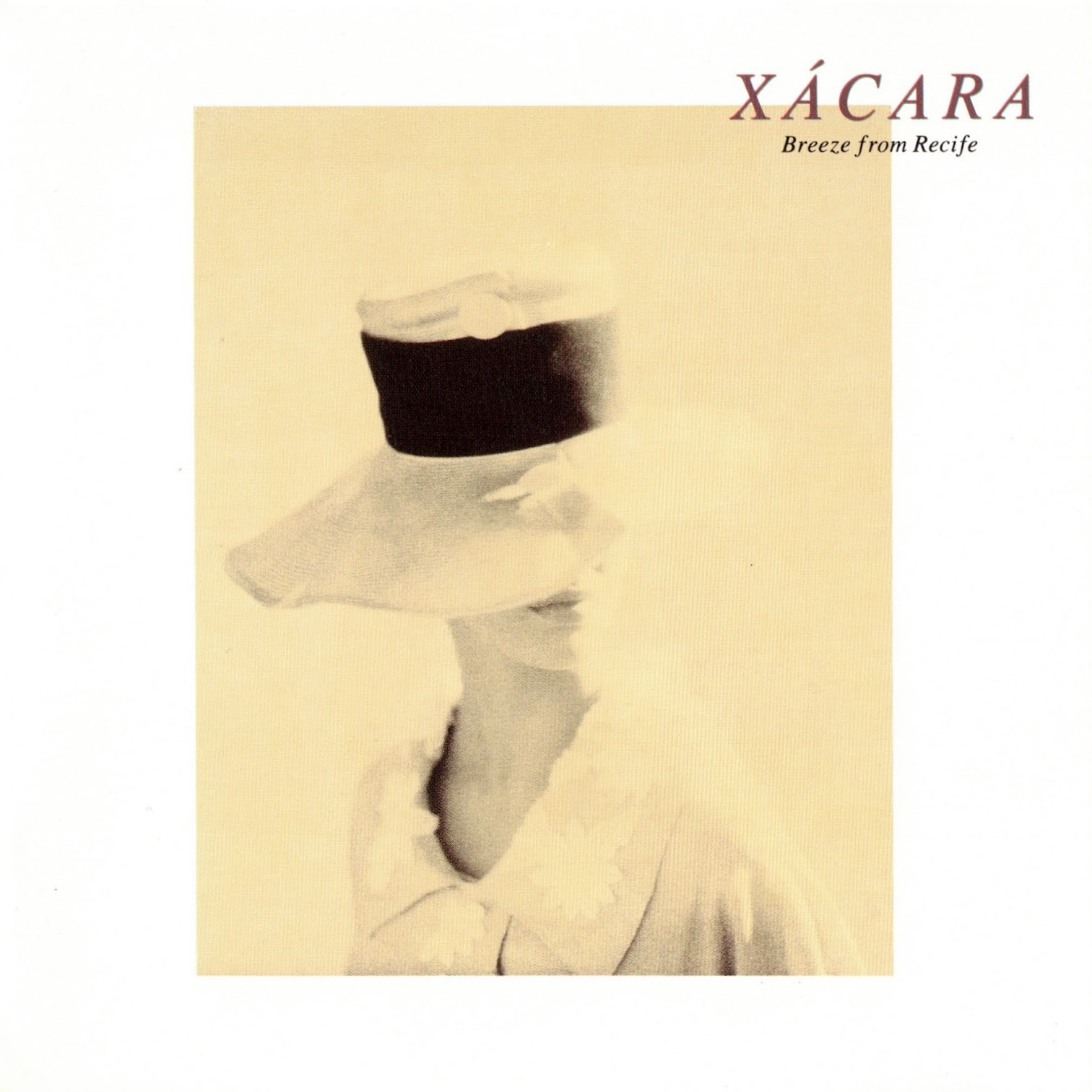When I think of “relaxation music,” I envision music with a Brazilian touch. It’s that kind of music that carries a certain breeze, a sense of yearning, and bittersweetness that evokes the transition between the heat of summer and the coolness of fall. In considering Japan, as we often do, my thoughts turn to Jun Kagami and his Brazilian-influenced Japanese group, Xácara, and specifically to an album like Breeze From Recife (レシーフェの風).
Not to dwell on the past, but part of what I appreciate about our conversation is reconnecting with certain knowledge. Today’s topic is how Japanese music (and its broader culture) connected to that of Jun’s Brazil.
Centuries of migration and cultural exchange have led each country to draw inspiration from the other in meaningful ways. In music, the introduction of samba and bossanova by Brazilian-Japanese and expatriates provided a means of expressing a feeling—natsukashii—that was difficult to convey through their contemporary music. Whether visiting a Japanese kissaten or tuning into terrestrial radio, it’s common to encounter Brazilian-tinged music that imparts a unique atmosphere.
Yet, to connect with that music on a deeper level, one must go beyond merely sampling or covering it. Musicians, like chefs, seek a more profound connection by creating their own interpretations, infusing them with new nuances from their own culture. This is where multi-instrumentalist Jun Kagami operates.

Initially, Jun was captivated by the music of Sergio Mendes as much as by Johann Strauss. Over time, he studied jazz at Berklee College of Music in the U.S. and medieval music at the Royal Academy of Music in London. During his travels, he fell in love with Brazilian music and went to São Paulo’s Conservatório Musical Marcelo Tupinambá to study it more deeply. Under the guidance of samba and choro legends like Jorginho do Pandeiro and Dino 7 Cordas, Jun developed his signature samba-influenced style. He began his musical career performing in nightclubs in Rio and São Paulo, honing his skills as a songwriter and performer.
Jun returned to Japan in the mid-’80s, where he began appearing on TV and radio as a sort of Japanese ambassador for Brazilian music.
Performing songs by greats like Tom Jobim and João Gilberto endeared him to a new generation interested in Brazilian-styled music. Inspired by Brazilian sambistas, Jun formed a group of like-minded musicians—Eietsu Furuya, Yohichi Akabe, Kazuhiro Mishima, and Maya Azikuki—to perform original and classic Brazilian folk and contemporary music. As “Xácara,” their name embodied their exploration of Brazilian musical idioms.

Jun signed the group to Sony’s Siren Song label and worked with the mysterious “Helen” to write the majority of their debut album, Natureza (1990). With guest musicians like Yoko Kanno, Toshifumi Hinata, and Toshiro Nakanishi, Xácara produced sweeping samba that remained true to its Brazilian roots. The album aimed to be a “natural” expression of Jun Kagami’s influences, presenting a full band experience. Some tracks hinted at an unpredictable future, should Jun choose to explore it.
For his next record with Xácara, Jun decided to experiment, inviting Toshifumi Hinata to produce and help arrange the album. This choice allowed Jun to explore his other influence: bossa nova. With Toshifumi’s help, they developed a sound less tied to earlier works and more reflective of bossa nova’s evolution.
In 1991, Jun reimagined Xácara as a backing band for his grander, Jobim-esque Brazilian-influenced music. Unafraid to incorporate modern electronic instruments and samplers—thanks to Toshifumi—this new version of Xácara, with a fresh lineup and Jun’s multi-layered instrumentation, seemed like a more personal exploration of his music. Atmosphere became a key element.

Breeze From Recife was first realized with tracks like “Chuva De Recife” and “Sea Wind,” which introduced oceanic themes and a refined sound. Less focused on danceable grooves, this album revealed a more reflective side of Brazilian music. The element of natsukashii felt like a meditative dance in tracks like “Prelude” and “Madrugada Serena,” hitting the right notes to create a specific mood.
Songs like “Sambinha” and “O Vendedor De Melancia” evoke the cosmopolitan music of Elis Regina and MPB. Yet, when Xácara shifts on a track like “Saudade,” the minimalistic adornments allow Jun’s melodic phrasing to shine. This latter part of the album resonates strongly for that reason.
It’s no surprise that Eiji and Norio included “Night In Aracaju” in their selection for Heisei No Oto (Japanese Left-Field Pop From The CD Age, 1989-1996). Tracks like these showcase the blending of ambient and world music in Japan as big studios dissolved, leaving musicians to explore their influences more intimately. “Miyabi” (a clean, understated ambient track) underscores this point: the music searches for the elegance of a feeling rather than adhering strictly to its source through a certain purposeful aesthetic.
What remains striking about Breeze From Recife is how much Jun and Toshifumi achieve with so little. It reminds me of Wendy Carlos’s production work with João Gilberto on his 1973 self-titled album—using sonic design knowledge to let the music breathe and expand. Songs like “Infinity” and “Prá Você” would not have the same impact if every inch were filled with arrangement. Jun and his vocalist allow the music to resonate in the space between your ears.
As the album concludes with “Boa Viagem – Ciao Recife,” I am grateful that Jun chose to delve into this world of Brazilian music. Instead of simply showcasing the sights and sounds of Brazil, he provided a personal glimpse into something that one can’t simply verbalize or put on tape. It’s a breeze that flows differently in the air.
